
The Basics Of Glass Curtain Wall System Construction
- By:Thw
- 2022-10-14
- 1029
What Is A Curtain Wall System ?
The glass curtain wall system is a lightweight aluminum framed exterior wall with glass or metal panels. These glazing systems do not support the weight of the roof or floor. Instead, gravity loads and wind resistance are transferred from the surface to the floor line of the building. Curtain walls are usually part of the building envelope or part of a wall system. Each glazing system requires careful integration with other adjacent structural elements such as wall cladding, roof and wall details. Curtain wall systems range from standard pre-engineered systems to specialized custom wall units. The increased cost usually comes with additional customization and larger sizes.
These aluminum-framed glass wall systems are an icon of modern architecture, dating back to the 1930s. The increased availability of inexpensive bulk aluminum after World War II led to their popularity and widespread adoption. Curtain wall systems are used as exterior cladding for glass buildings and buildings with non-structural facades. Typically, curtain wall systems are made up of commercial glass or aluminum-framed metal planes. Curtain wall systems have always been a distinctive feature of modern architecture and are widely adopted commercially. The rise in the adoption of curtain walls has also significantly boosted the business of glass and commercial glassmakers. It is one of the most popular glazing systems that adds to the aesthetics and robust design of a building, and provides several commercial advantages.
What Are The Different Types of Curtain Wall Systems ?
Curtain wall systems are differentiated based on how they are manufactured and installed. They belong to the following two categories: Unitized and modular glazing systems are available for interior and exterior glazing applications. Each has various advantages and disadvantages. Interior glazing systems allow glass or opaque panels to be installed in curtain wall openings from inside the building. These systems often require specific designs depending on their application. While Exterior glazing systems are suitable for low-rise construction projects and allow easy access to the exterior of the building. Large high-rise construction projects may require interior glazing. This is due to the logistics of accessing and replacing multiple layers of glazing. These systems often require scaffolding or booms to access the exterior of the curtain wall when repairing or replacing components. Some curtain wall systems can be glazed from inside or outside the building.
Benefits of Glazed Curtain Wall Systems
The thermal efficiency of a glass curtain wall system depends on the glass infill panel and frame structure. Since aluminum is very conductive of heat, it can transfer energy (heat) very quickly. This results in a loss of energy. The implementation of thermal circuit breakers constructed with non-conductive materials is a common practice to improve energy efficiency. Improved thermal efficiency also depends on the use of low-emissivity and spectrally selective glass coatings. High-performance coatings can significantly improve insulation and improve the comfort of building occupants. For glass facades, the challenge is to find a balance between the desire for more natural light and the management of heat loss and gain. Too much uncontrolled light can also cause glare. The goal is to find suitable materials and glazes that meet architectural requirements.
1. Intentional Partition of Glass Curtain Wall System
At the Iowa Conservatory of Music, a interior glass curtain wall is used to separate the library from the hallway. These purposely positioned dividers allow students to walk around to watch the activity taking place in the music library. Thwwindows wall systems allow the integration of LCD, pivoting, sliding or hinged doors, thus maintaining transparency throughout the system. This creates a welcoming environment regardless of the separation of space.
2. Highly Customizable
The curtain wall system is non-load-bearing, so it is a very flexible and functional design element. Due to the nature of its construction, it can be installed exactly where it is needed. Its easy installation makes it perfect for dividing interior spaces. The versatility of the interior aluminum curtain wall system makes it suitable for a variety of needs and environments. They also allow a wide range of combinations and configurations.
3. Contemporary Aesthetic
Clean lines and unobstructed views are hallmarks of contemporary design. The glass curtain wall system fits perfectly into this style. The glass allows you to see into the space while keeping the areas separate if necessary. Support components are compatible with wood, glass and polycarbonate materials, allowing commercial facades to match existing aesthetics.
4. Sound Insulation
Installing an interior glass curtain wall system increases acoustic privacy in the space. This helps keep meetings and conversations private without completely obstructing views to outside areas of the office. High wall systems reaching 13 feet or more are ideal for large spaces where erecting traditional walls would be a major inconvenience. Large rooms are notoriously difficult areas to deal with noise, but interior facades make it easy.
5. Increase Natural Light
There are many benefits to letting natural light into interior spaces. Specifically, improved morale and productivity at work, decreased rates of depression and seasonal affective disorder, and increased energy. According to a survey published in the Harvard Business Review, “47% of employees admit to being tired or very tired because their offices have no natural light or windows. » Incorporating glass fronts into office, school or retail environments can increase availability. interior light from exterior windows, and everyone benefits.
6. Arrange Large Spaces
The glass curtain wall can accommodate large spaces. Large spaces can be difficult to design, but in areas 13 feet and larger, an aluminum curtain wall system can make the process easier. All perimeters are fixed to the solid wall, creating a supporting curtain wall panel that divides large spaces and creates separate work areas.
7. COVID-19 Safety of Glass Facades
Today's workplace has changed dramatically over the past year. The risk of contracting COVID-19 has led many offices to overhaul their systems, creating more space between employees and erecting partitions to reduce the spread of germs. Aluminum glazed curtain walls are a great solution to meet the changing needs of your workplace. They are not structural parts, so they can be installed where needed. Thwwindows wall systems do not punch holes in the main support structure, meaning they can be removed, reconfigured or repositioned as needed. They can be recycled or used elsewhere when the world returns to normal.
-

Aluminum Sliding Door Details Overview
2022-05-11 -

Aluminium Casement Window Material Overview
2022-05-11 -
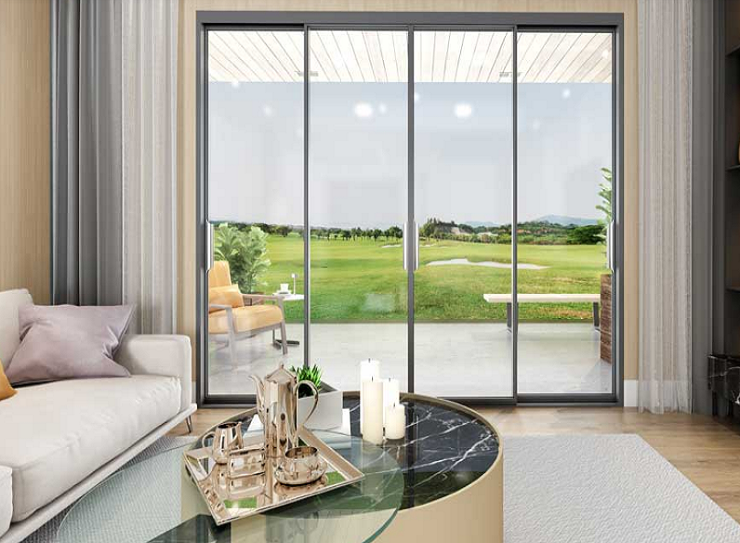
Outlines of Aluminum Sliding Doors Review
2022-08-23 -
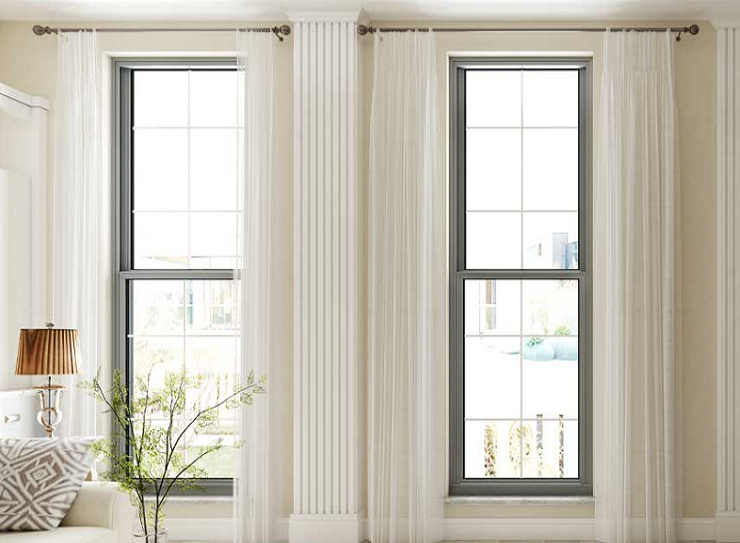
Powder Coated Aluminium Windows And Doors
2022-08-23 -
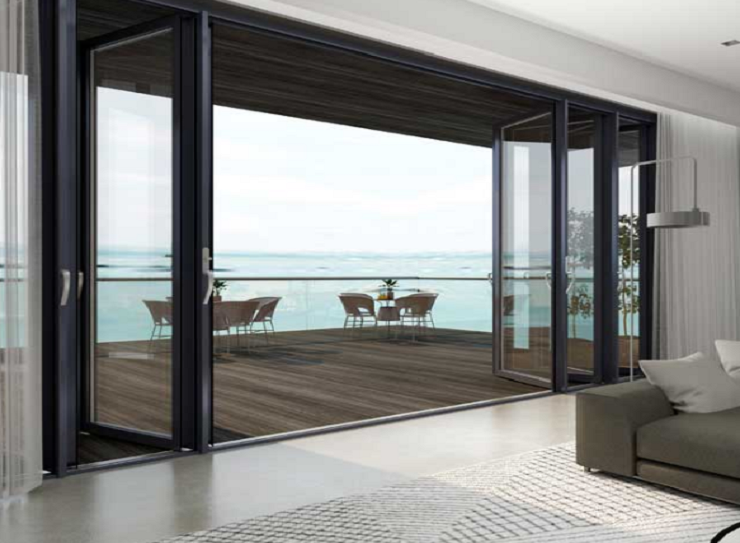
What Should Consider When Buying Aluminum Doors And Windows
2022-09-21 -
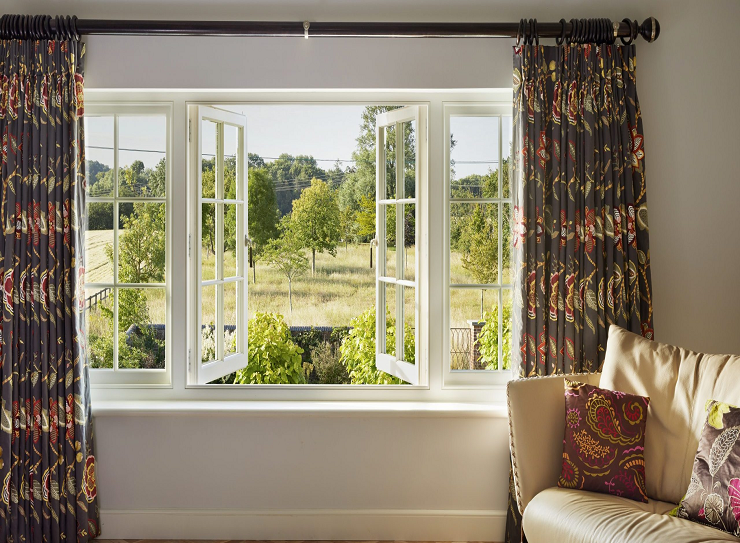
French Style Aluminium Windows And Doors Sights
2022-10-12 -
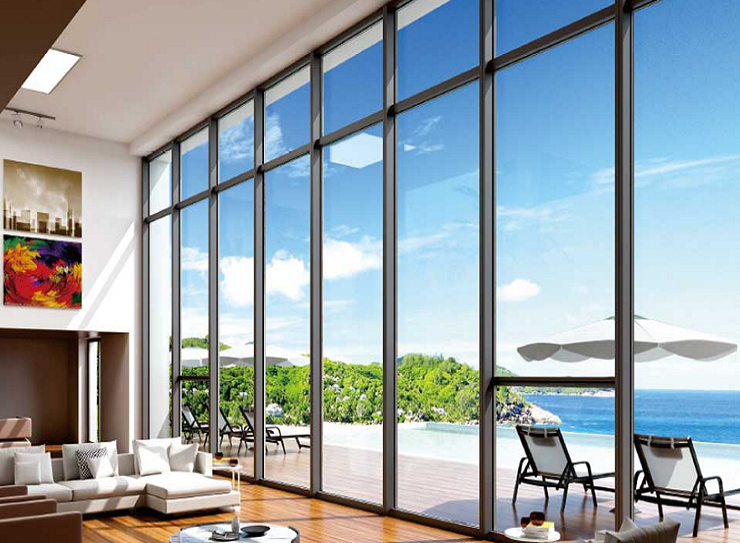
The Basics Of Glass Curtain Wall System Construction
2022-10-14 -
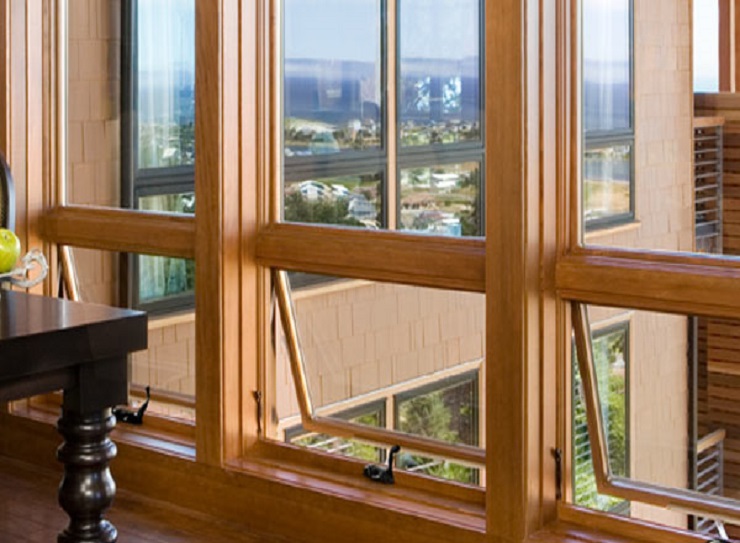
Aluminium Bifold Windows And Awning Windows Reviews
2022-10-26 -

Enhance Your Home's Style With Modern Aluminum Windows
2023-04-28
CONTACT US


Foshan Tenghui Household Co., Ltd.
We are always providing our customers with reliable products and considerate services.
If you would like to keep touch with us directly, please go to contact us

 Español
Español
 Français
Français
 Pycckий
Pycckий
 Arabic
Arabic
 German
German
 Polski
Polski
 Português
Português
 Tiếng Việt
Tiếng Việt
 Czech
Czech
 Hindi
Hindi


Speak Your Mind